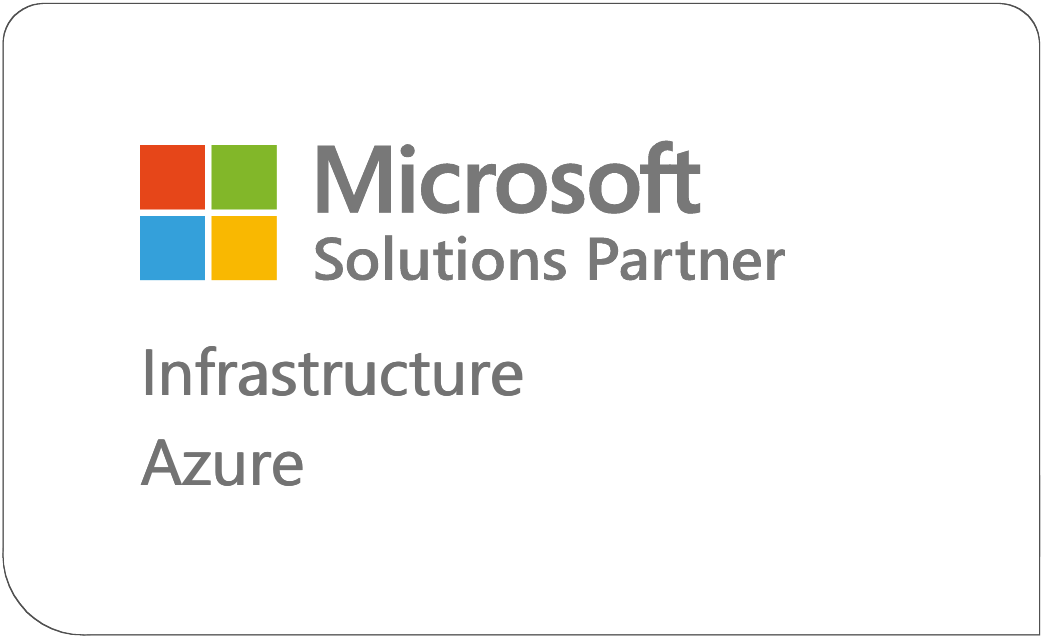Introduction to .NET Modernization in the Cloud
In an era dominated by the cloud, businesses are fast recognizing the necessity to modernize their applications to remain competitive and agile. The .NET framework, envisioned and developed by Microsoft, stands as a cornerstone in this transformative journey, offering a plethora of tools and libraries to facilitate the seamless transition of legacy applications into the cloud. This transition is not merely about maintaining relevance but also about harnessing the cloud's extensive benefits, including but not limited to scalability, resilience, and cost efficiency. This article undertakes a comprehensive exploration of the three principal strategies in .NET modernization: rebase, rehost, and refactor, providing a scaffold for enterprises to chart their course towards cloud optimization.
The Importance of .NET Modernization
The digital transformation era underscores that stagnation is the antithesis of progress. Businesses saddled with outdated .NET applications face numerous challenges, including diminished performance, escalating maintenance costs, and vulnerability to security threats. Modernizing .NET applications for the cloud transcends these limitations, propelling businesses towards enhanced operational efficiency, security, and innovation. It equips enterprises with the agility to respond to market changes swiftly, delivering value to customers without the drag of legacy infrastructural overheads.
Understanding the Three R's of App Modernization: Rebase, Rehost, Refactor
A granular understanding of the three R's—rebase, rehost, and refactor—is fundamental in curating a bespoke modernization strategy tailored to an enterprise's unique landscape:
- Rebase constitutes the foundational step in modernization, entailing minimal adjustments to the application’s codebase to leverage newer versions of the .NET framework or transition to .NET Core/.NET 5/6. It is characterized by a low-risk profile and swift deployment.
- Rehost epitomizes the 'lift-and-shift' model, advocating for the migration of applications to a cloud infrastructure with negligible modifications. It is the epitome of efficiency, offering a quick route to enjoying the cloud's scalability and cost-effectiveness.
- Refactor embodies the comprehensive revision of an application to revel in cloud-native capabilities fully. It redefines the application's architectural blueprint, often transitioning from monolithic to microservices architecture for superior scalability and resilience.
Rebase: A Deep Dive
Rebasing is the streamlined pathway towards updating applications without overhauling their functionality or interface. This strategy is particularly advantageous for businesses looking to secure quick wins in performance and security with minimal investment. Rebasing ensures that applications remain supported and benefit from the latest security patches and performance optimizations inherent in newer .NET versions. It is an essential maneuver for organizations looking to maintain pace with technological evolution without committing to extensive redevelopment initiatives.
Rehost: Strategies and Benefits
The allure of rehosting lies in its simplicity and immediate impact. By migrating existing applications to a cloud platform like Microsoft Azure or Amazon Web Services, enterprises can swiftly capitalize on the cloud’s scalability and operational cost savings. This strategy is particularly suited for large-scale applications demanding quick scalability solutions without extensive downtime or redevelopment. Strategic rehosting, coupled with a comprehensive review of cloud service options, can lead to significant reductions in operational expenditure and enhanced application performance and reliability.
Refactor: The Path to Cloud-Native
Refactoring is the zenith of .NET modernization, involving a thorough revamp of the application to exploit cloud-native features. This strategy is geared towards long-term sustainability and agility, often necessitating a shift towards microservices architecture, integration of cloud-based services (e.g., databases, AI, and analytics capabilities), and embracing DevOps for streamlined development and deployment. Although refactor requires a substantial commitment of resources, its benefits are manifold, including unparalleled scalability, agility, and the ability to innovate at pace.
Overcoming Challenges in .NET Modernization
Despite the apparent benefits, .NET modernization is fraught with challenges, from navigating complex legacy codebases to aligning modernization efforts with business objectives. Successful modernization demands a strategic approach, underpinned by a deep understanding of the application landscape, meticulous planning, and phased implementation. Engaging stakeholders early and often, leveraging automation for code refactoring, and adopting a culture of continuous learning and improvement are crucial in overcoming these hurdles.
The Role of Containers in Modernization
Containers have emerged as a game-changer in the realm of .NET modernization, offering an elegant solution to the challenge of deploying applications consistently across diverse environments. By encapsulating applications and their dependencies into containers, businesses can achieve unprecedented levels of portability, scalability, and efficiency. Leveraging containerization platforms like Docker, coupled with orchestration tools such as Kubernetes, enterprises can orchestrate complex applications with ease, accelerating the journey towards a fully modernized, cloud-native application ecosystem.
Conclusion
.NET modernization in the cloud is an imperative journey for businesses aspiring to unlock the cloud's transformative potential. By adeptly navigating the pathways of rebase, rehost, and refactor, enterprises can rejuvenate legacy .NET applications, turning them into agile, scalable, and secure assets that drive business value. This journey, while fraught with challenges, opens the door to enhanced operational efficiency, innovation, and competitiveness in the digital age. As organizations continue to embrace the cloud's paradigm, the principles of .NET modernization will remain indispensable companions in their quest for digital excellence.





.png)
.png)
.png)




.png)